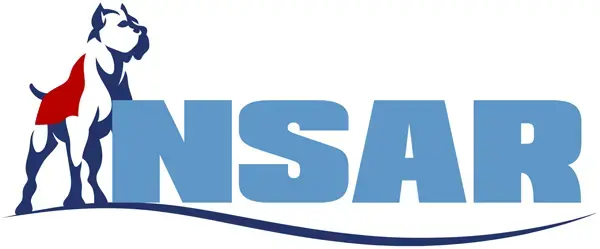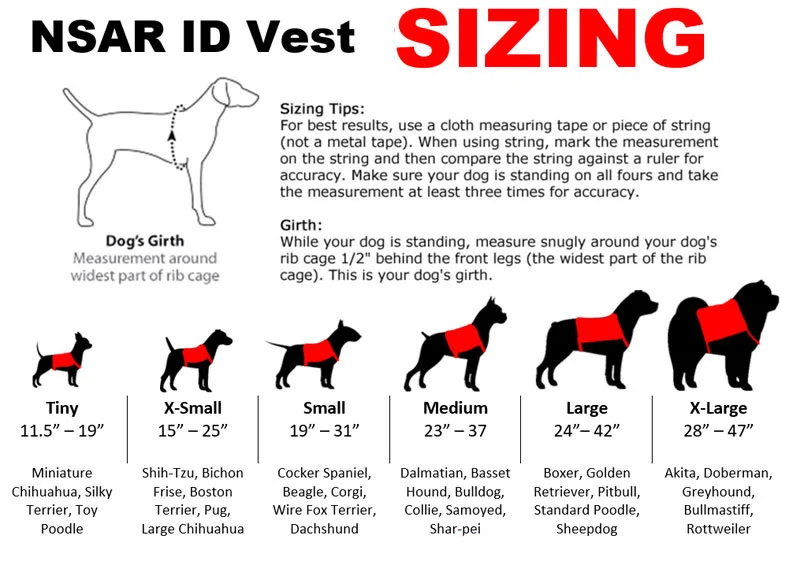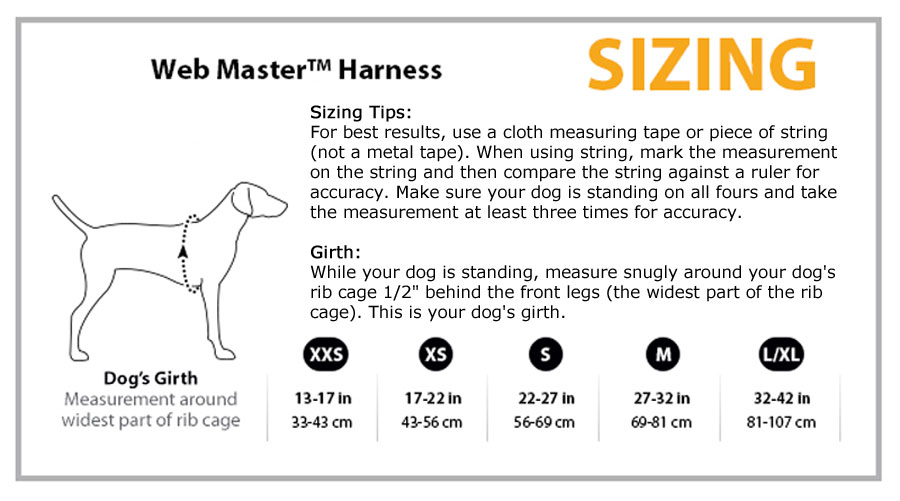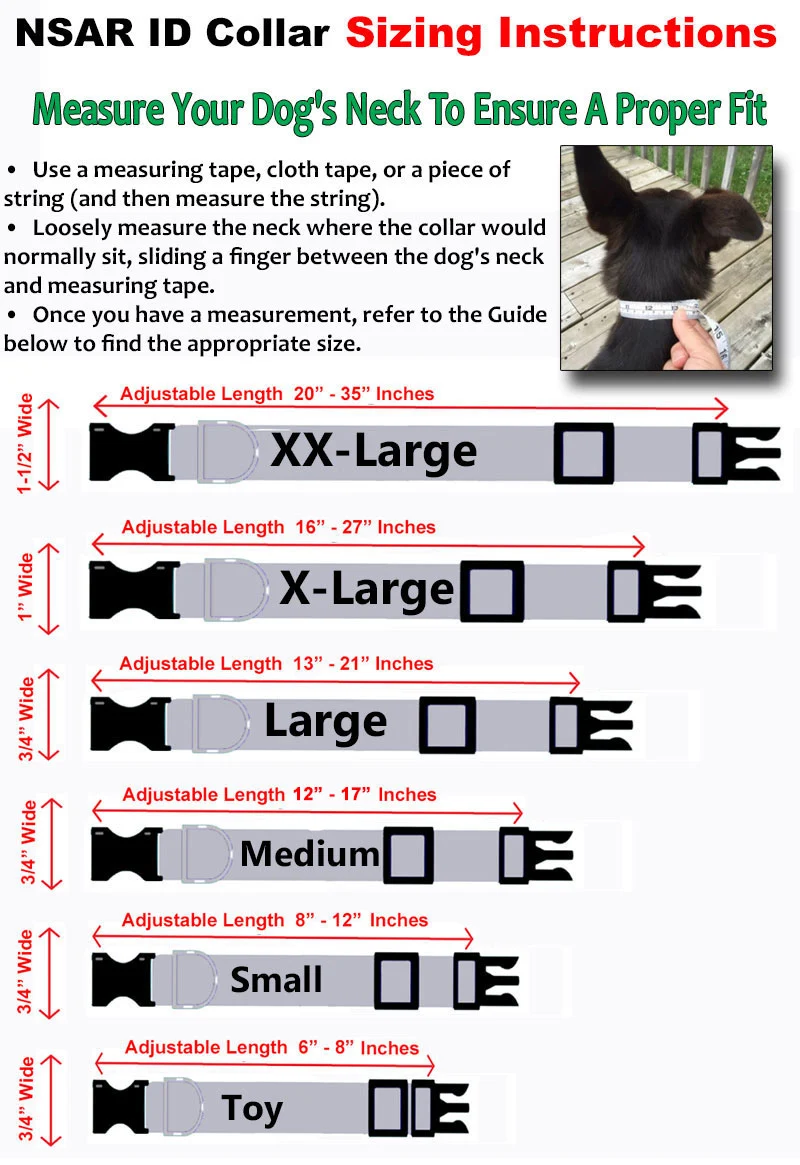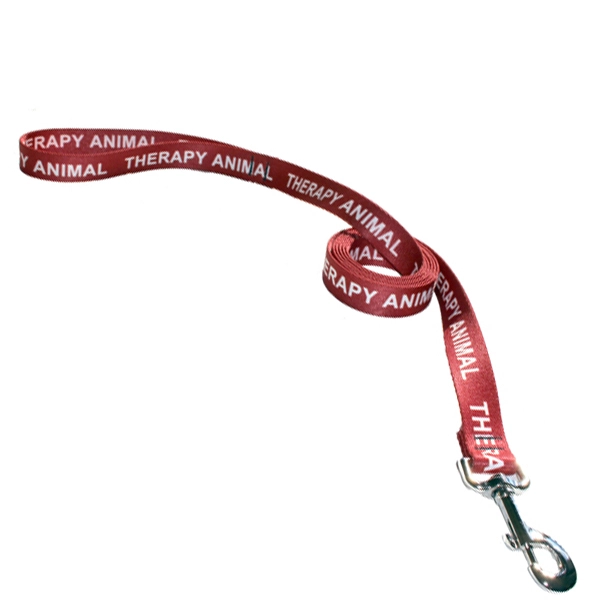
The importance of a good diet really can’t be stressed enough. The absolute best way to maintain excellent health for your furry friend is to provide an excellent diet of high quality food. But choosing the best food for your emotional support dog can feel like an overwhelming proposition, especially with so much marketing out there urging you towards one brand or another.
So how do you choose the right food for your pup?
Diet can be tricky. There are a lot of factors to consider and a ton of junk to wade through. It can be tempting to just give Fido the cheapest kibble on the shelf and call it good. But if you want to ensure your wagging bestie has the highest quality of life—and protect yourself from crazy medical expenses down the line—it’s well worth making the effort to figure out the healthiest diet.
Here’s a list that can serve as a gentle guide as you consider the options. First thing’s first is to know your dog, know yourself and have a basic understanding of what the options even are.
What’s Right For Your Emotional Support Dog?
First, consider the dog in question: age, sex and breed may all make a difference in which diet will be best for your particular hound. Is your dog breeding? A female who is pregnant or lactating will likely have special nutritional needs for example. Likewise, a puppy has different nutritional needs than an adult dog, just as a senior dog has different needs again.
For instance, greyhounds are a breed that is particularly susceptible to bloat—a dangerous condition that is exacerbated by dry food. Therefore, a wet diet is in order for this beautiful dog. Allergies are another thing again. If your emotional support dog has allergies, you’ll want to adjust the diet to fit your particular pooch.
Here’s a quick list of some general considerations. For specifics, it is always helpful to ask your vet for suggestions and guidance. Even better, talk to a dog nutritionist who is specifically trained in canine diet.
Puppies
Puppies are eating machines and are usually fed more food and more frequently than an adult dog. There’s good reason for this: puppies are growing and thus need a more calorie dense diet. They have a need for more fat, more vitamins and more minerals. Puppies also need ample amounts of omega 3 fatty acids to support brain and eye development. They basically just need MORE, since all their organs and body systems are ravenous, eager to strengthen and grow. It’s important when choosing a food to be sure you’re choosing a diet specific to their age, since a kibble designed for an adult won’t provide the same range of nutrients that is required for a wee one.
Senior emotional support dogs
When it comes to senior emotional support dogs, you have to consider an entirely opposite range of issues. Unlike the growing puppy who needs ample food, a senior dog has a metabolism that has significantly slowed down. Therefore, they need less fat and less calories.
An old dog has a weakening immune system and may have arthritis. There are diets designed specifically for supporting these ailments. For example, a dog with heart problems will likely be given a reduced sodium diet. A dog with kidney disease will need proteins that are easily digestible. Antioxidants and omega 3 fatty acids are always a good idea for the senior dog, since they will help keep the immune system strong.
Allergies
Allergies are very specific to the individual dog. If you have a emotional support dog that suffers from gut or skin and fur issues, there’s a good chance he has allergies. But just what food is causing the negative response?
There are diets designed specifically for discovering the culprit of his allergies. Basically, it works by feeding your emotional support dog only a single protein and NO fillers for two weeks. Then you switch it up, to another single protein, all while watching your dog’s energy levels, skin issues and stool. One dog may need a diet wholly based on white fish, for instance, while another is much better with chicken. Science diet is a brand of kibble designed to assist in this process.
What’s Right For You?
In addition to considering your emotional support dog’s personal needs, you’ll also want to consider your own needs. For instance, what is in your budget? And what’s convenient? You may want to feed your emotional support dog a raw food diet, but it’s either too expensive to pay out of pocket or too inconvenient to prepare the meals yourself. Perhaps you could strike a balance between a raw and kibble diet, something that both satisfies your desire to provide good nutrition for your furry one, and won’t lead resentment for the time, money and effort put into it.
A good rule of thumb is to consider your budget first. What is the most you can afford to invest in your emotional support dog’s diet? Then, choose three brands of food within your range to experiment with. Try each one for about 3 weeks, all the while watching your dog’s energy levels, stool and over all well being. You’ll have some good information to make an educated choice by the end of your food experiment.
How to Choose a Brand You Can Trust
With a huge plethora of brands spanning our wonderful capitalist market, picking one that is ethical, safe and healthy can be a chore. There are plenty of junk food pet brands that lead to pet obesity. In fact, dog obesity is a leading cause of dog death, since it leads to diabetes and all kinds of other health complications.
You will definitely want to steer clear of the brands that cut corners and do not have the health of your emotional support dog in mind.
You can narrow down your research by consulting your vet or your local pet store. They will be a wealth of information, helping you to choose the brand that is both the healthiest and in line with your budget.
Here are some basic guidelines to keep in mind when perusing the well stocked pet food aisle:
What’s the first ingredient?
Generally, pay attention to the first ingredient listed—is it a grain? Or an animal? The first ingredient listed makes up the highest content in the food. The second ingredient makes up the second highest content, and so on. The first ingredient should be a meat like chicken, lamb or fish and should account for over 25% of the total ingredients. 50% or more is even better.
Steer away from high carb brands—dogs have a hard time digesting a ton of gluten. This means if the first ingredient is a grain, move down the line. Dogs are designed to eat carcasses, not bread.
The more animal protein the better. A good brand will be specific in the ingredients, and may even give percentages of each, which is fantastic (i.e. 45% salmon, 25% herring, etc). A sketchy brand will be very vague and list ingredients like, “meat, vitamins, additives, oils, flavors, etc”. Umm, gross.
You do not want to leave it up to guess work what is going into your emotional support dog’s belly.
The more protein the dog food has, the more efficiently your emotional support dog will be able to digest it. Your dog’s body has no use for filler. Filler can include things like corn bran, rice bran, nut hulls, oat hulls, feathers and even straw. It literally leads to not only more dog poop, but smellier dog poop, as well as more gas, since your emotional support dog’s body has to discard all the useless crap (pun intended) that it just ate. A cleaner yard and a break for your nose is a good reason in itself to upgrade your emotional support dog’s diet.
What Do the Labels Signify?
Here’s a quick intro to what you can expect from economy, regular and premium dog foods.
Economy
Basic dog foods are the junk food of the pet market. Their primary ingredient is made up of fillers like corn, wheat and ground up byproducts. There is very little regulation in the safety of pet foods, so frequently the grains used in these pet foods have been condemned for human consumption and sloughed off onto the animals we call friends. The toxicity can include hazardously high amounts of pesticides in the grains and 4D labeled meat. 4D meat stands for: dead, dying, diseased or disabled. Not the highest quality.
Dogs do have amazing stomachs, however, and are designed to consume rotting flesh, so it’s probably they can handle some amount of the dead, dying and diseased without adverse effects. Still, it’s a bit questionable how much healthy protein they’re getting from unhealthy animals.
Regular
A step up from economy, regular dog foods source their main protein from meat (as opposed to a grain). However, protein may not be the primary ingredient. This label still contains additives, but has a higher digestibility rating than economy class foods.
Premium
Premium brand dog foods have a meat protein as the primary ingredient. The meat may still come from iffy byproducts, but at least your emotional support dog is getting a high meat diet.
Super-Premium
Currently the highest official standard of dog food, super-premium brands have NO filler (including no ground meat byproducts or corn). These dog foods are by far the healthiest, as they are made from fresh, quality, whole meat.
Holistic
A subcategory of Super-premium, Holistic dog foods contains whole vegetables and fruits in addition to whole meat (such as sweet potato, pumpkin and berries).
Ingredients to Watch Out For
It’s also a good idea to have a general understanding of which ingredients to avoid and which ones might sound funny, but are actually really good!
Good Ingredients
Fish oil, animal fat (usually chicken) and liver are excellent. Vitamin E oil is a preservative used by high quality commercial food and A-OK for the pooch. Other helpful additives include rosemary extract, vitamin C and tocopherols.
Bad Ingredients
Corn and it’s derivative (corn meal, maize gluten, CGM). Corn is particularly damaging if it is in the first 3 ingredients (since that means there is far too much of it) but lesser amounts may be ok depending on the dog. Corn is fattening and leads to all kinds of health problems, including allergy development. Best to keep the corn out all together if you can help it.
Wheat is another grain dogs really don’t have much use for. It is high in gluten, which canine bodies aren’t built to digest.
Peas are ok in small quantities, but can cause painful flatulence if the percentage is too high.
There’s no need for artificial dyes or flavorings, so steer away from these mysterious chemicals.
Also, be aware of the preservatives used. These three ingredients are TOXIC: butylhydroxyanisole, butylhydroxytoluene and ethoxyquin.
While these preservatives have been outlawed for human consumption because they have been shown to cause cancer and immune system disorders, they still have not been banned from dog foods. Any pet food that uses one of these preservatives does not have your emotional support dog’s health in mind (and who wants to support unethical companies anyway?)
And of course, while reading the list of ingredients, you’ll want to pay attention to any allergies specific to your emotional support dog.
What About Raw, Wet and Dry Food Options?
Raw:
Raw food is a great option if you are up for it. It is the closest to a dog’s natural diet and provides a high degree of bio available nutrition including live enzymes. A raw food diet will be naturally low in carbs and lead to better gut and dental health.
You don’t need to worry about dangerous pathogens of raw meat, because dogs have strong bellies designed for digesting. Any harmful pathogens will pass right through a dog’s digestive tract.
One of the perks of the raw diet is that your emotional support dog’s poop will be less smelly than with conventional foods. This is because this diet is so efficient that the dog’s body will utilize every bit of food going in, leaving only powdered bone (and some other stuff!) to come out the other end. Actually, their poop should also become harder on a raw diet, which is a good thing as it maintains healthy anal glands. A dog’s anal glands should release every time they poop, but because kibble tends to make stool soft, the glands don’t release and then they get blocked. This can lead to the “scooting” that some dogs do.
The bone in a raw food diet also acts as a tooth cleaner and as a fiber—yay!
The main challenge with a raw food diet is being sure to keep it balanced. If you’re game, this can be a really fun, educational, “homestead in your own kitchen” activity. Or, if that’s not your thing, it can be a terrible chore. Luckily, because there are so many great raw food pet brands coming out, you don’t have to put quite so much sweat and effort into providing a raw diet for your emotional support dog!
Freeze dried: Freeze dried food is often a part of the raw food diet. It is raw food that has had the moisture evaporated, making it stable and transportable, while retaining the nutritional density of straight raw meat. Just rehydrate (or feed as is!).
Canned: Wet food is the next best option to raw food. It contains more meat protein than kibble, less carbs, and because of the airtight packaging, no preservatives. It has twice as much fat and protein and is less processed. It is more hydrating and has more nutrients. However, it is less convenient and definitely messier than kibble. It must be refrigerated and used within a few days of opening.
Kibble: It can be hard to believe that kibble has only been around for a few decades in the current world of kibble craze. It is assumed that kibble offers the best, most balanced diet for our pets, since it is essentially like taking a vitamin. The problem is that the vitamin lacks food.
With frequent kibble recalls due to salmonilla or chemical contaminants, kibble is not even safer than other options. Dogs definitely take less personal enjoyment out of their dry, super processed meals and the high carb content leads to poor teeth and gum health.
On the other hand, kibble is no doubt the most convenient way to feed your emotional support dog. In the very least, use a high grade kibble and mix up the meat content: give them chicken one week and lamb the next. Variety improves nutrition intake.
Conclusion
It’s not so hard to feed your emotional support dog a high protein and high nutrition diet. You could have fun fashioning a combination diet of raw, wet and dry foods! Or get guidance from your vet. Just be aware of the definite ingredients you want to steer away from, and then observe the vibrancy of your pup. If they are energetic and happy, you’re doing something right!

